Power With.
I adore Brene Brown’s work on empathy, leadership, and imperfection. I nearly always find it relevant to my personal life, but what gets me really excited is when she explores ideas that I can relate to the practice of law. So when my good friend and colleague shared one of Brene’s “Unlocking Us” podcast episodes with me and suggested I analogize how “power over” is to litigation as “power with” is to collaborative, I was immediately curious.
I will back up, because despite my undergraduate degree in psychology, I did not know that there were four different types of power. I understood power like most everyone else. Called “power over” by social workers, power over is built on domination and control. It is something finite and the way this power motivates others is through the installation of fear.
Litigators use this kind of power and fear to motivate resolution in their client’s favor because there is a belief that power is finite. Either you have it or you don’t, so you sure as heck better make sure that you and your client acquire and maintain it. Litigators seek to instill fear in the other side not because they are heartless jerks but because they want to fulfill their own needs for competence, achievement and responsibility. Having experienced it myself, litigators sincerely believe that going into battle and utilizing fear is the only way for our clients to maintain their power and ultimately come out on top. Perhaps that works fine if you are a personal injury litigator battling insurance companies, in criminal matters or in cases involving significant domestic violence.
But I submit that relational litigation (a term I just made up) and the power over model inflicts deep wounds that result in permanent scarring upon litigants and their families. One of the many things that keeps me up at night is how my own use of the power over model has inflicted unnecessary wounds on my own clients, the very ones all that zealous advocacy is for in the first place.
When I am so fortunate as to put on my collaborative attorney hat, I am able to engage with a different type of power – one that is infinite, expanding instead of contracting when it is shared with others. This type of power is called “power with” and because of its expansive nature, there is little need to hoard it or protect it. It does not motivate by fear but is made stronger because it is built upon trust and collaborative decision-making. When divorcing spouses or a decedent’s children choose to power with each other instead of trying to power over each other, they simultaneously choose to serve their families and themselves.
I feel like I’m asking for an eye-roll (or two) at this point. “How can Betty Jo and Bobby possibly respect and trust each other when XYZ has occurred?” you’re thinking. I get it – just because I revere the collaborative process doesn’t mean I walk around with rose-colored glasses spotting unicorns and rainbows on the daily.
Trust, like everything else, is a continuum. Parties do not need to have 100% trust in and respect for each other to engage in the collaborative process and choose to power with. What the parties do need is some amount of trust in and respect for the process of collaborative decision-making. The power with model is an agreement by the participants – clients and attorneys alike – to address their legal problems in ways that consider the welfare of the whole not just self. Which is important because when the legal problem is resolved and the attorneys have moved onto the next case, ex-spouses are still co-parents and siblings still share their broader family. The hope is that the entire familial unit, and specifically my client, has benefited from the purposeful decision to engage in collaborative problem-solving.

